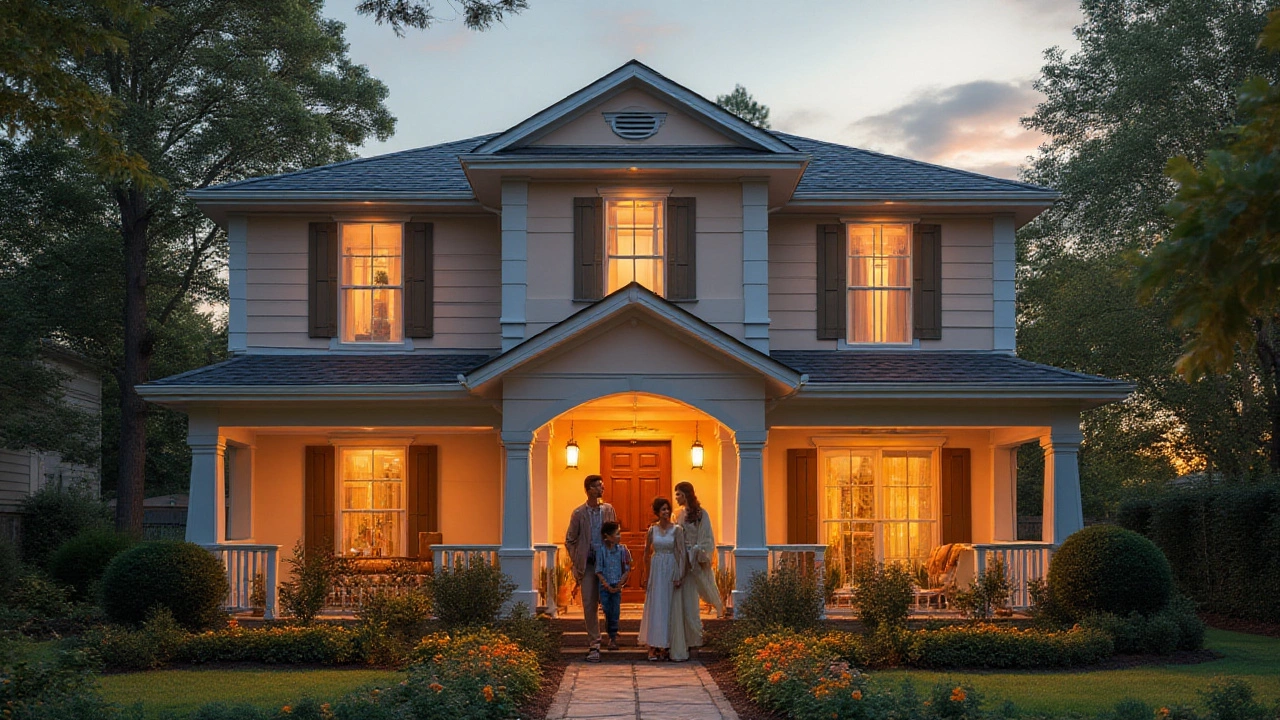
Home Improvements that Increase House Value by $100,000: Real Upgrades That Pay Off
Want to boost your house value by $100,000? Discover practical and powerful upgrades, from kitchens to curb appeal, that actually pay off big in today's real estate market.
View More